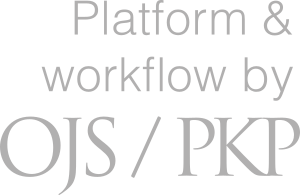Leveraging digital twin technology for healthcare: Mapping potential benefits and impacts through a hypertrophic cardiomyopathy case study
Keywords:
hypertrophic cardiomyopathy, digital twinAbstract
Recognized as a strategic innovation trend, Digital Twin (DT) technology has successfully been applied across various sectors and are now also emerging in healthcare. The HEU project SMASH-HCM explores the potential of DTs to enhance personalized healthcare, focusing on hypertrophic cardiomyopathy (HCM). HCM is the most common inherited cardiac disorder, leading to variety of symptoms, and potentially sudden cardiac death.
SMASH-HCM is formed by 8 research partners, 3 hospitals, 3 SMEs, and a global health-technology corporation in collaboration with patients. The project will develop a DT platform to dramatically improve HCM stratification by integrating multilevel and multiorgan dynamic biophysical and data-driven models into a three-level deep phenotyping approach. SMASH-HCM advances the state of the art in human DTs by utilising in-vitro tools, in-silico models from the molecular to systemic levels, structured and unstructured data analysis, and explainable artificial intelligence - all integrated into a decision support solution for both healthcare professionals and patients.
Early results include identification of clinical needs elicited from HCM specialists and turned into functional requirements for the platform. We have also made progress towards developing in-vitro models including HCM patient cell lines and in-vitro cardiac tissue models, as well as the first line of HCM in-silico models of the cellular electrophysiology, biomechanics and energetics from the cell level to patient whole heart and vascular responses. The application of DT in HCM supports transition to P4 (predictive, preventive, personalized, participatory) medicine.
Downloads
How to Cite
Copyright (c) 2025 Finnish Journal of eHealth and eWelfare

This work is licensed under a Creative Commons Attribution 4.0 International License.






